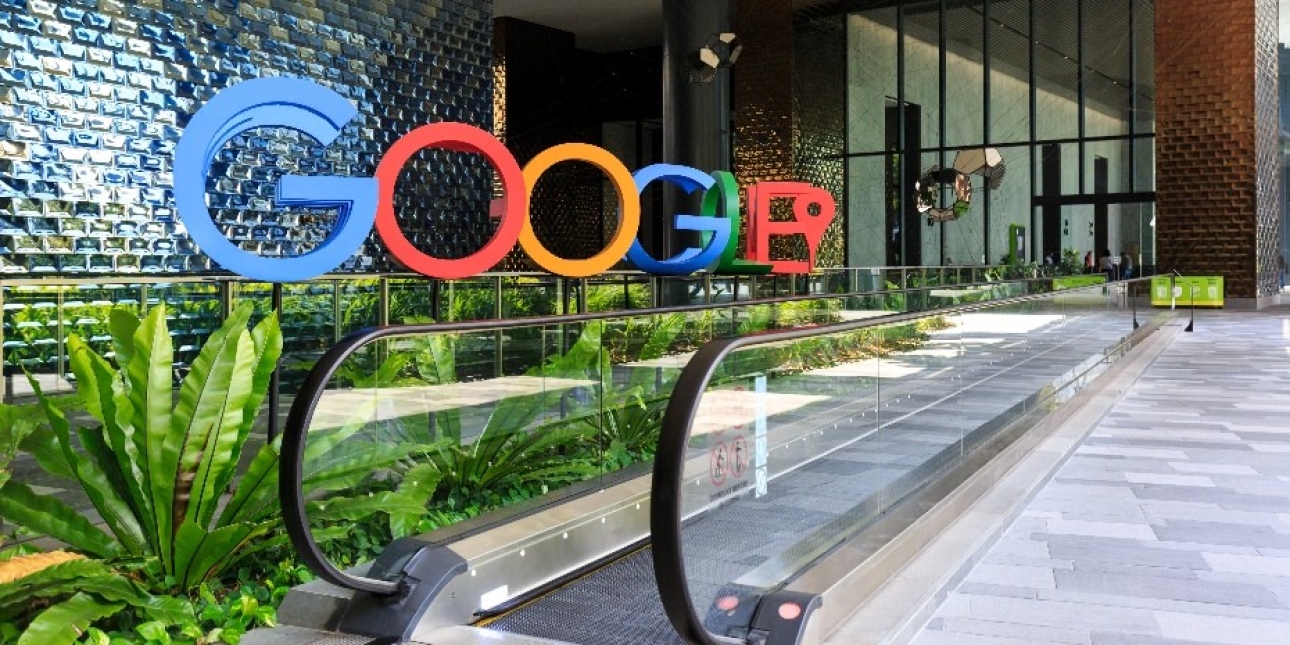PUBLIC RELATIONS
Monday 1st March 2021
The digital content sweet spot: How to please your audience and Google
For many brands, creating content that appeals to both search engines and people can be a challenge. In actual fact, it’s not about prioritising one over the other. The two go hand in hand – they’re almost one and the same.
Points for credibility if you’re regularly publishing quality content online that should resonate with your audience. But fail to do the groundwork where Google is concerned and it won’t even reach its intended readers.
Here, I’ll explain how, by simply writing in a human way that empathises with your audience and seeks to solve their problems, you’ll naturally tick many of the best-practice search engine optimisation (SEO) boxes.
Get to know your audience
This is where it all starts and, ultimately, it’s going to be the key to your content’s success. Immerse yourself in their behaviours and needs – so much so that you can predict their next move before they know they’re going to make it. Be there at every stage of their purchase journey. Answer their questions, provide opinion on topics they’re bought into and assert your authority with relevant content. Move in the spaces you know they’re digitally active and craft compelling content they cannot resist because it has audience data and insight coursing through it.
E-A-T and be merry
As if writers needed to be reminded of key ingredients for credibility in their work, Google’s E-A-T update in 2018 made it official: establish expertise, authority and trustworthiness in your content and you’ll be rewarded in search engine results pages (SERPs). To win big in the SEO race, content must demonstrate expertise and knowledge in a way that really understands user intent and engages. However, arguably, this is the main goal of any good writer – to produce valuable content that nurtures audiences, while informing and educating in the topics we know they care about.
Meanwhile, Google wants to turn out articles for searchers that have been written by those who are the best in their field. Many factors can signal authority, including links from fellow authoritative sites, social media shares and expert-authored thought leadership content. But it takes time, and eventually, will lead to you becoming a known and trusted source.
The E-A-T algorithm was introduced to separate the wheat from the chaff where quality content is concerned. But for most content writers, it’s a standard that’s no doubt inherent.
Keep it fresh
Topical, timely content has its place, as does content that’s evergreen. But Google wants to see that, whatever its type, your content is well-maintained and you’re frequently publishing fresh, original information.
Revisit ageing articles and question whether they bring the user any value, before deciding whether to update and rewrite or pull them altogether. Get reactive – write opinion pieces on the latest industry news as it happens, jump on topics with growing popularity on social media or find out whether there are any new or unique queries in your market, and answer them.
Dated, neglected content isn’t useful to anyone. Fresh content should effectively drive more traffic to your site, build authority and trust and work towards helping you rank higher.
This is merely a snapshot of a writer and search engine’s shared responsibility – countless algorithms and ranking factors add up to as much. Google will always value and reward high-quality content that meets user intent. As any content writer will attest, our job exists to do just that – support our audience and solve their problems.
Rest assured, if you’re writing well and tailoring it to your audience’s needs, Google is happy.

